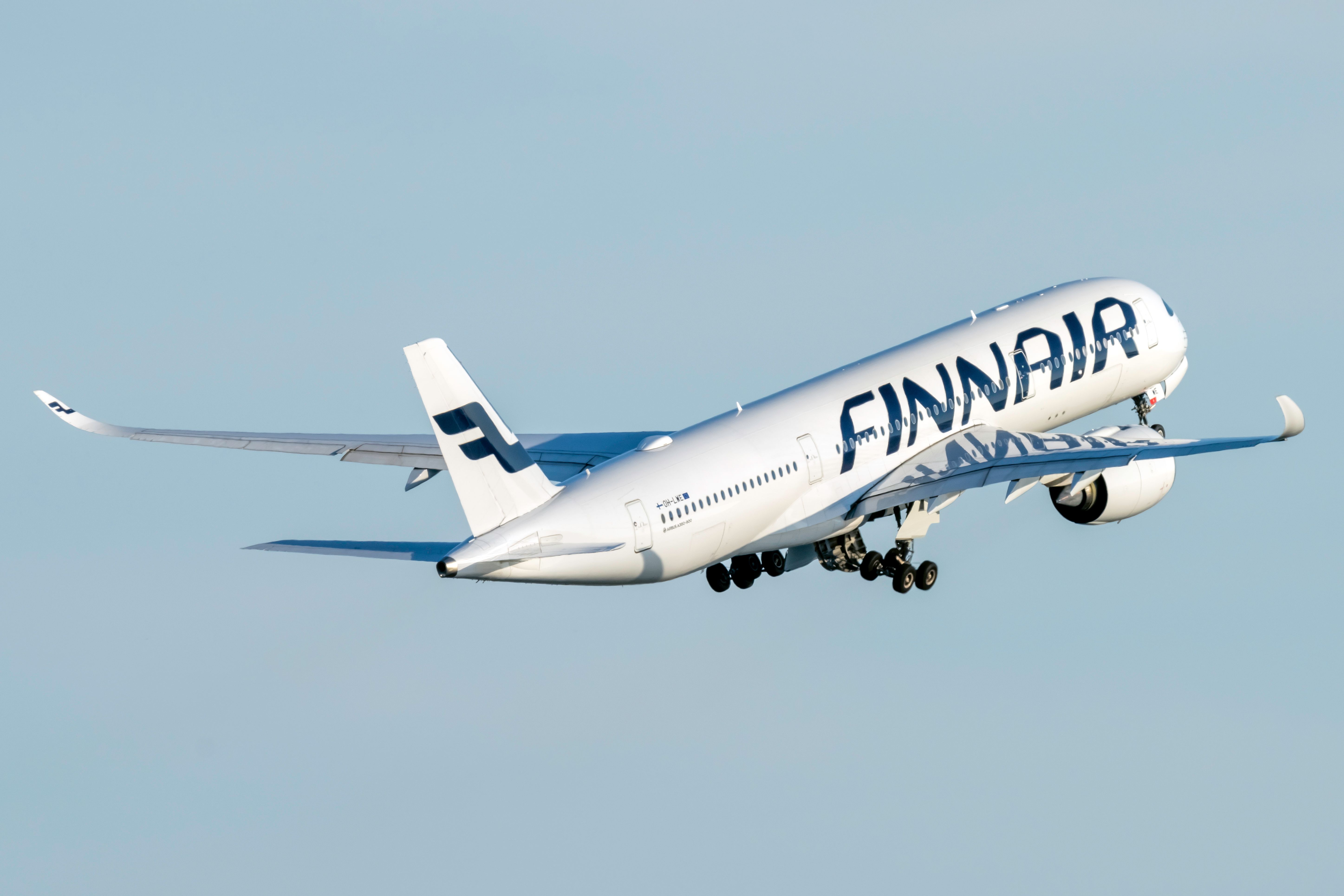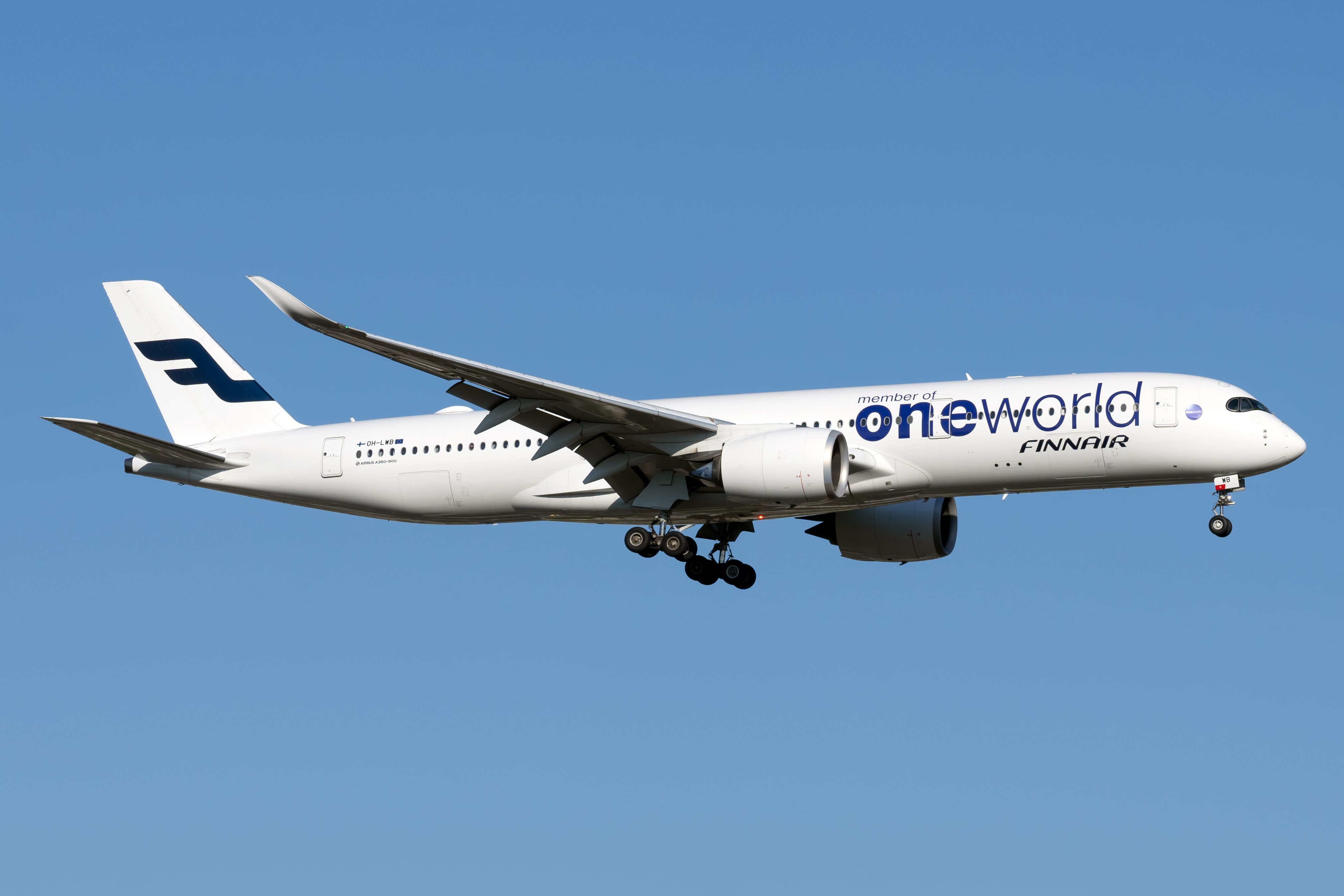On June 2nd, 1988, a Finnair DC-10-30 took off from Helsinki before landing in Beijing the following morning. This trip kicked off what would become a staple service for Finnair for over three decades.
The right location
The geographical positioning of Finland allowed Finnair to become a valuable connecting hub between Europe and Asia, especially as the jet age matured in the late 20th century. After all, it took around eight hours to hop between the capitals of both Finland and China with the DC-10.
Now, Finnair’s Airbus A350s with an all-new business class is the workhorse to China. Despite the comfort to be had on board the twinjet, there have been significant operational challenges as of late.
The Chinese and broader Asian markets helped Finnair see a 10.3% passenger increase in 2019. The overall available seat kilometers (ASK) growth in Asian traffic was 10.7%.
Get the latest aviation news straight to your inbox: Sign up for our newsletters today.
Dark turns
However, the pandemic shook up operations and practically halted Finnair’s Asia strategy for over two years. There were glimmers of hope heading into 2022 with some Asian regions beginning to relax restrictions. Yet, the war in Ukraine put another spanner in the works. The closure of Russian, Ukrainian, and Belarusian airspace meant that Finnair had to start going the long way around to reach East Asian countries, including China.
As a result, it currently takes over 13 hours to fly between Helsinki and Shanghai with Finnair. In comparison, the flight time is just 8.5 hours with Juneyao Air.
Anssi Partanen, Finnair Market Manager UK & Ireland, noted that even though there have been some turbulent years recently, the airline has continued to operate to China and connect key locations between Europe and Asia. The carrier’s strategy has adapted to handle the challenges, including ramping up offerings to North America. Notably, the company began partnering with fellow oneworld members to maximize opportunities on routes to Dallas, Chicago, Los Angeles, New York, and Seattle.
There have also been a series of leasing collaborations launched. Most recently, Qantas announced that it is wet leasing Finnair A330s to cater to demand from Sydney to Singapore.
Nonetheless, Finnair remains determined to connect customers with China and beyond in this next chapter. Presently, it heads to Guangzhou, Nanjing, and Shanghai. There is also a seasonal route to Xi'an
Increasing demand
Looking ahead, there is room for expansion in China. Additional flights are set to return shortly. During a meeting with journalists that Simple Flying attended last month, Finnair CEO Topi Manner spoke about the role his firm will play in this recovery period.
He explained:
“We do think that once the Chinese gets their passport and visa issues sorted out, there will be huge pent-up demand for travel from China to Europe and from Europe to China. Chinese carriers simply do not have enough capacity to serve this demand. So, there will be passengers for European carriers in the Chinese market - most notably in Shanghai and Beijing. Therefore, we are also eyeing to increase capacity to China during the fall.”
Find more news about Asian aviation here.
So, after 35 years of service, China is still a crucial market for Finnair. Regardless of how the airline has managed to adapt to the challenges, it will undoubtedly be hoping for a peaceful resolution with its neighbors sooner than later.
What are your thoughts about Finnair’s services to China? What do you make of the overall operations of the airline in Asia? Let us know what you think of the prospects in the comment section.


